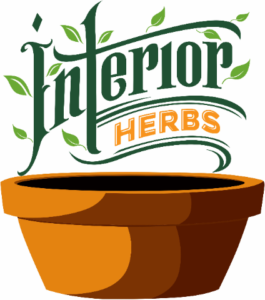Having an indoor garden can lighten up your home. The plants you install in your garden can make your home more lively. The garden itself can become a source of better mood, focused memory and an overall good vibe.
But there are some indoor plants, that can be unsafe for pets. Indoor plants can easily become your best friends. But some plants can be harmful to your other loyal friends – dogs.
Some dangerous species of indoor plants can even prove to be fatal for your dogs. This can be due to the toxic substances that they contain or irritants that can cause skin damage.
These plants should be kept out of the reach of your pets. Many of these indoor plants have different names and it is a good idea to have a thorough knowledge of these green beauties before installing them at home.
So, let us have a look at some indoor plants that can be dangerous to fogs.
Lilies (Lilium)
Lilies are amazing to have in your indoor garden. Lilies are quite large as a family and many species are great to have. But some species of lilies are unsafe for dogs.
Peace lilies for one, are not sage to keep around your little pets. Stargazer is another species of lilies that can be toxic for your pet dog. If ingested, the peace lilies can be harmful to your dogs, as they affect the appendix.
Your dog may start vomiting frequently. It may also have a problem in swallowing due to irritated lips and tongue. Peace lilies are kept away from pets. You can either keep them in a separate grow tent or make sure your dogs do not go near them.
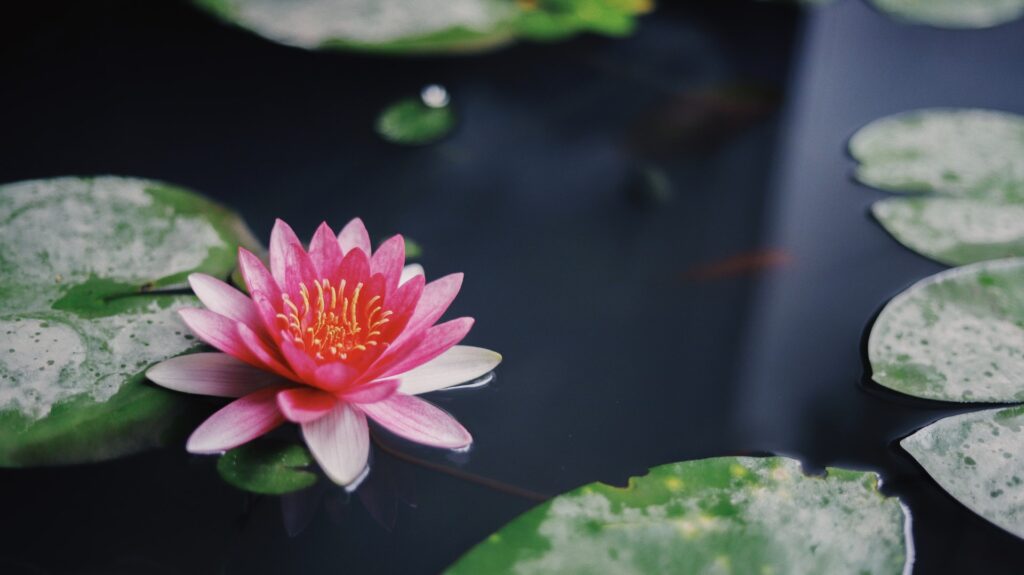
Aloe Vera (Asphodelaceae)
Aloe Vera is another amazing indoor plant that is not safe for dogs. It is a great indoor plant for skin smoothing properties. It is used by many gardening enthusiasts as a substitute for artificial skin care products. It is a favorite of many gardeners too.
But this amazing green delight, can be harmful to your dog in several ways. The leaves of this plant can be harmful to your dog’s digestive system if ingested.
These indoor plants can cause obstruction in the passage of food and your dog may feel uneasy. It won’t be much of an issue if it happens once or twice. But if your pet is munching on those leaves while escaping your notice, it may get in trouble. So, keep this plant away from your dog at all costs.
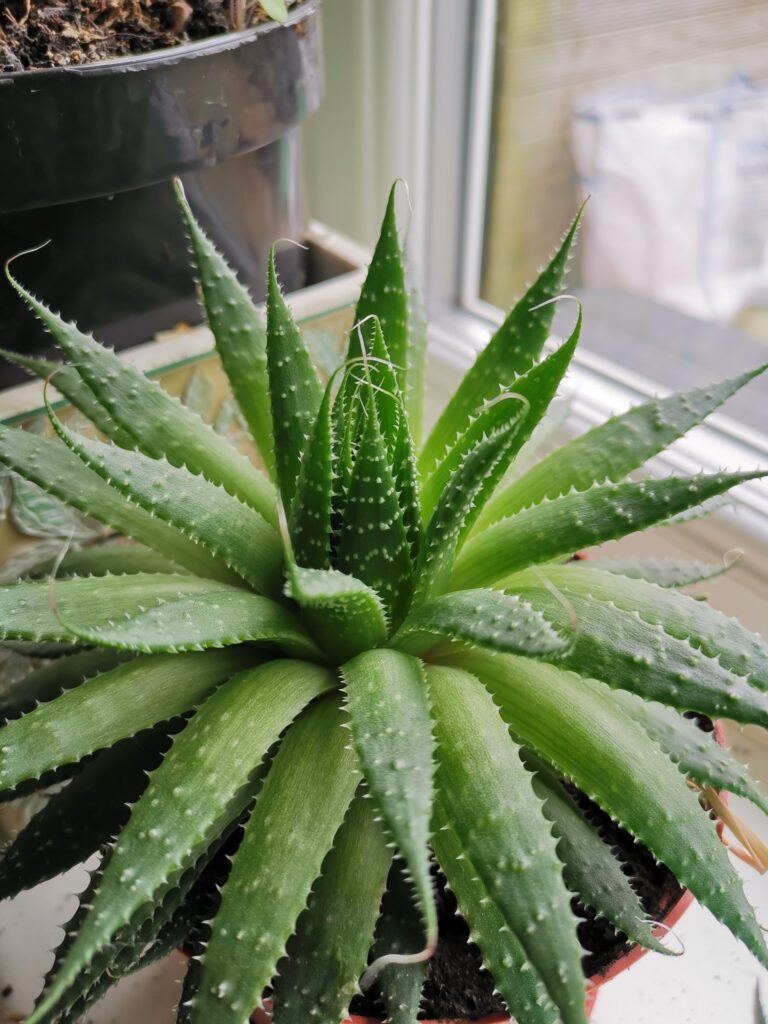
Ivy (Hedera Helix)
Even a newbie to the plant world has heard about the Poison Ivy. But even regular Ivy, however appealing it may look, is not safe for dogs. Dog owners who want to install this plant in their indoor garden, need to keep a check on their pet’s movements around it.
It has toxins that can act as irritants to the skin of your dogs. It can even lead to loss of fur. But that is not all. It can be even worse if ingested.
If your dog eats an Ivy plant’s leaves, it can lead to paralysis and even coma in some cases. Even moderate infection will lead to rashes and breathing problems. Keeping your dog miles away from the plant is the best thing you can do.
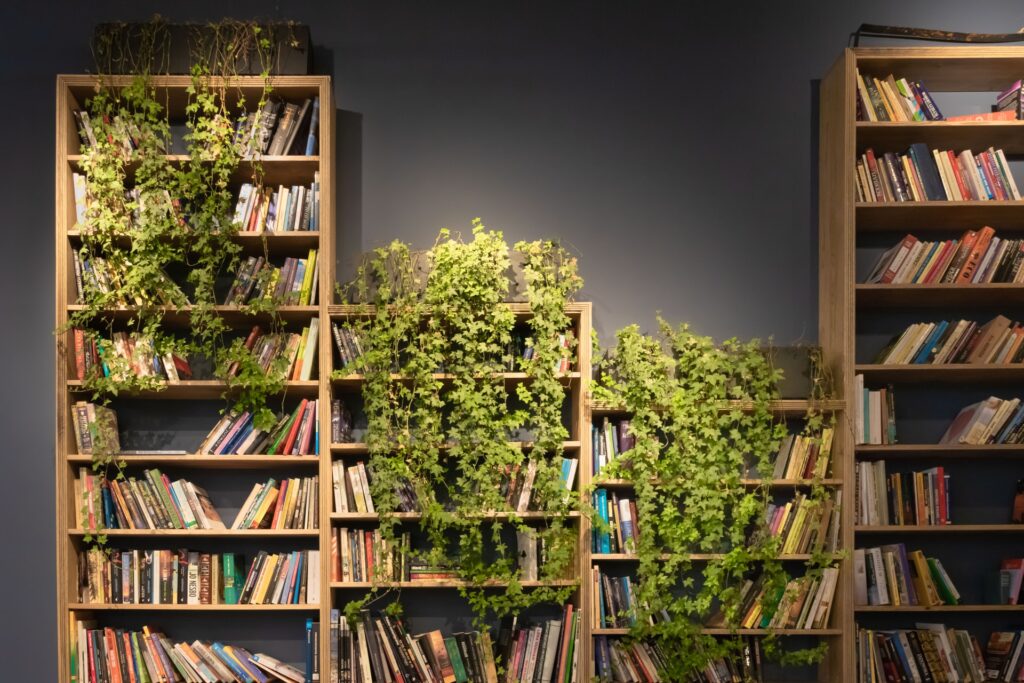
Jade (Crassula Ovata)
Jade tree, Dwarf Rubber, Chinese Rubber,Japanese Rubber and Baby Jade, these are some of the many different names by which the Jade plant is addressed.
The thing to be kept in mind is- it is not safe for dogs. Studies are still being continued to understand the type of toxins that it possesses. What is known is that it causes ataxia (loss of coordination), bradycardia(slow heart rate) and breathing problems.
It is also known to cause depression among plants. Unlike us humans, it can get very difficult for dogs to express themselves easily. So, keep your dogs away from this indoor plant, to make it safe for them.
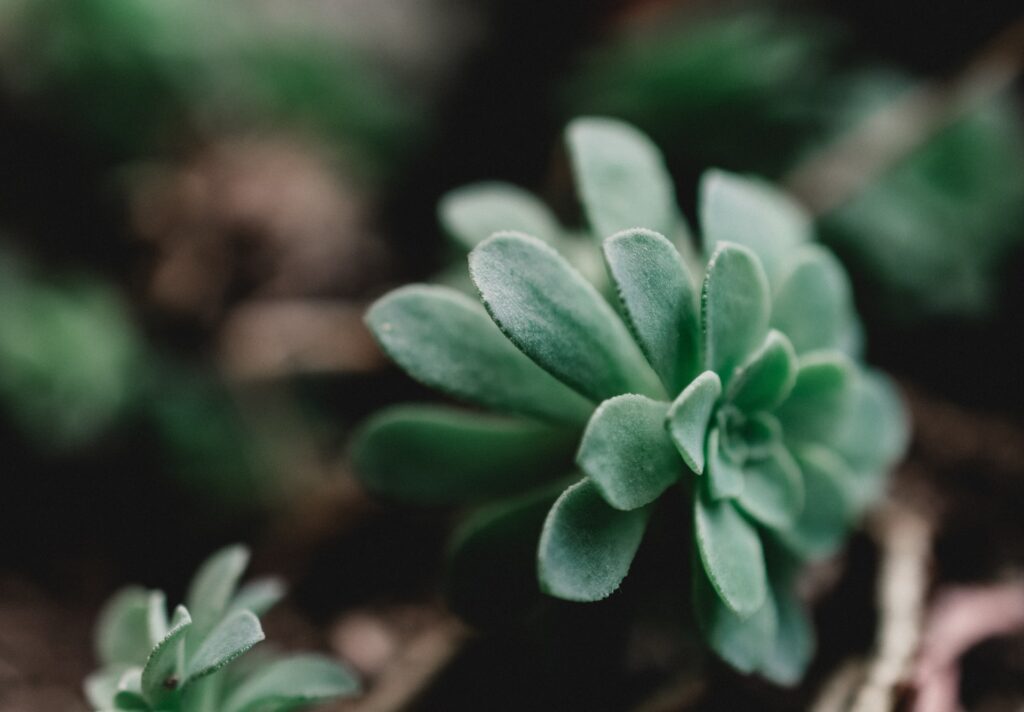
Dumb Cane (Dieffenbechia)
The Dumb Cane is an incredibly attractive plant that is loved by every gardening enthusiast. It is great by all sorts, but at the same point, it is not safe for dogs.
This indoor plant can cause serious skin related problems to your dogs and you need to keep them away from this plant. It is easily visible due to its visual appeal and can attract pet dogs. If they ingest the leaves, it may cause more issues.
The harmful toxins of this plant can cause burning and swelling of the mouth and tongue. It can also result in vomiting, difficulty in swallowing and increased salivation. Extreme cases can lead to breaching problems and even death.
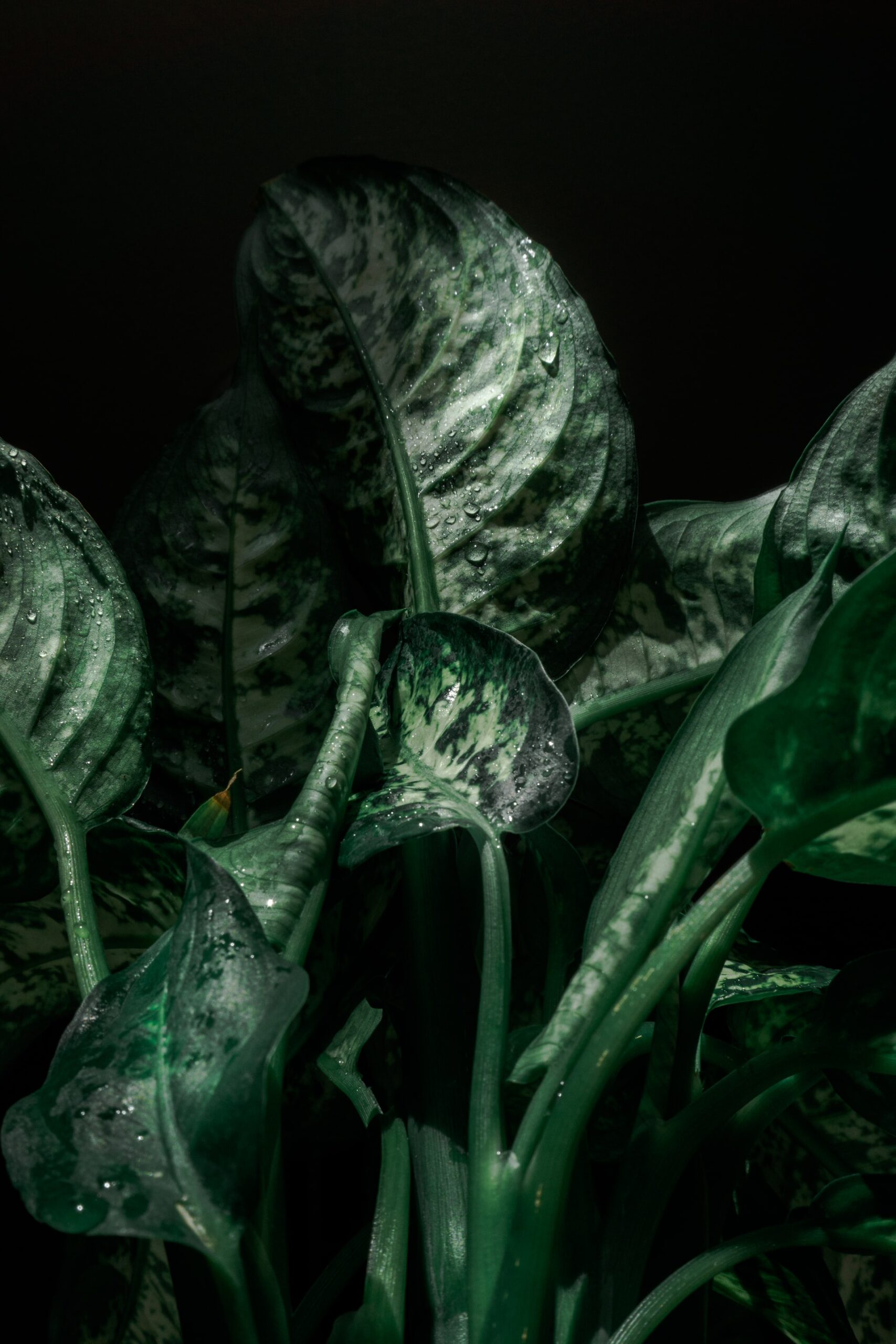
Elephant Ear (Caladium)
This is a very colorful and visibly attractive indoor plant, known for its brightly colored leaves. Most gardeners know it by other common names such as Malanga, Via Sori, Pai, Ape, Cape or Taro. The chemical toxins found in this plant ate similar to those found in Dumb Cane, hence have similar reactions.
Increased salivation, drooling, difficulty in swallowing and breathing problems are some of the common problems that your dog may face after ingesting this plant.
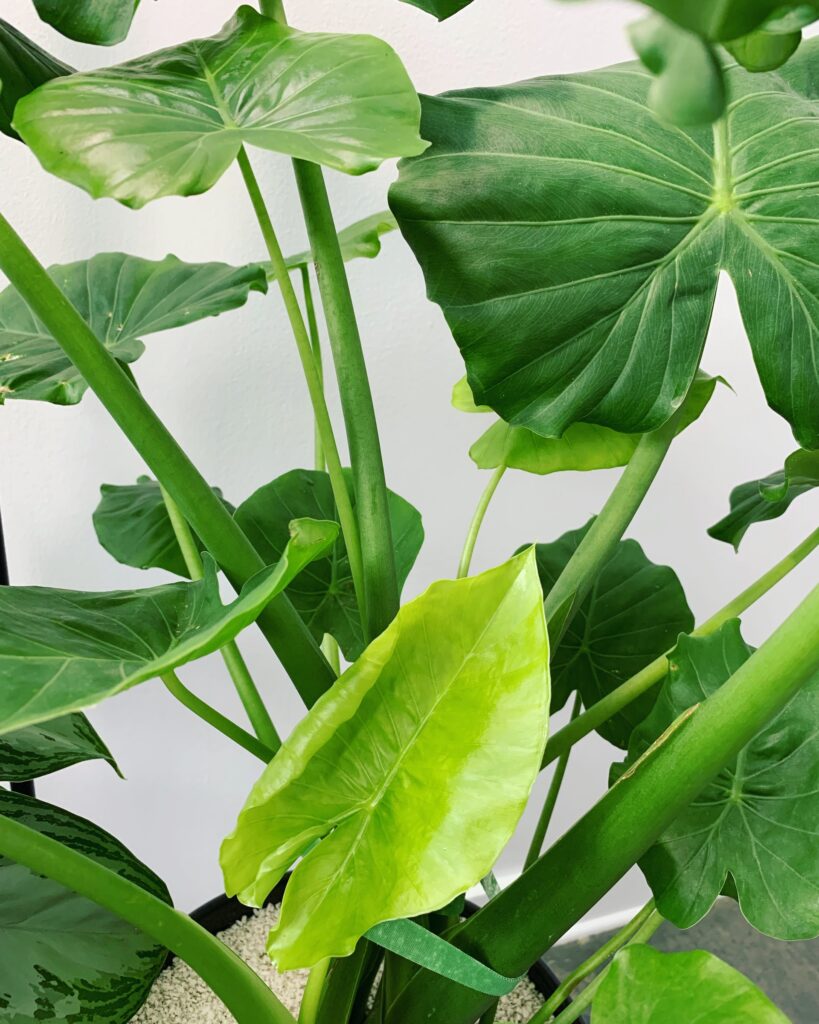
Pothos (Epipremnum Aureum)
Pothos is one of the most renowned indoor plants among gardening enthusiasts. It is grown fondly by many. But this amazing indoor plant is not safe for dogs.
It can cause serious health issues if your pets ingest the leaves of this plant. It causes digestive disturbances, difficulty in swallowing and increased salivation
It is not safe for dogs and cats both. It can also lead to disrupted mood of the pet. It is a great idea to keep it in a grow tent, away from the reach of curious pets.
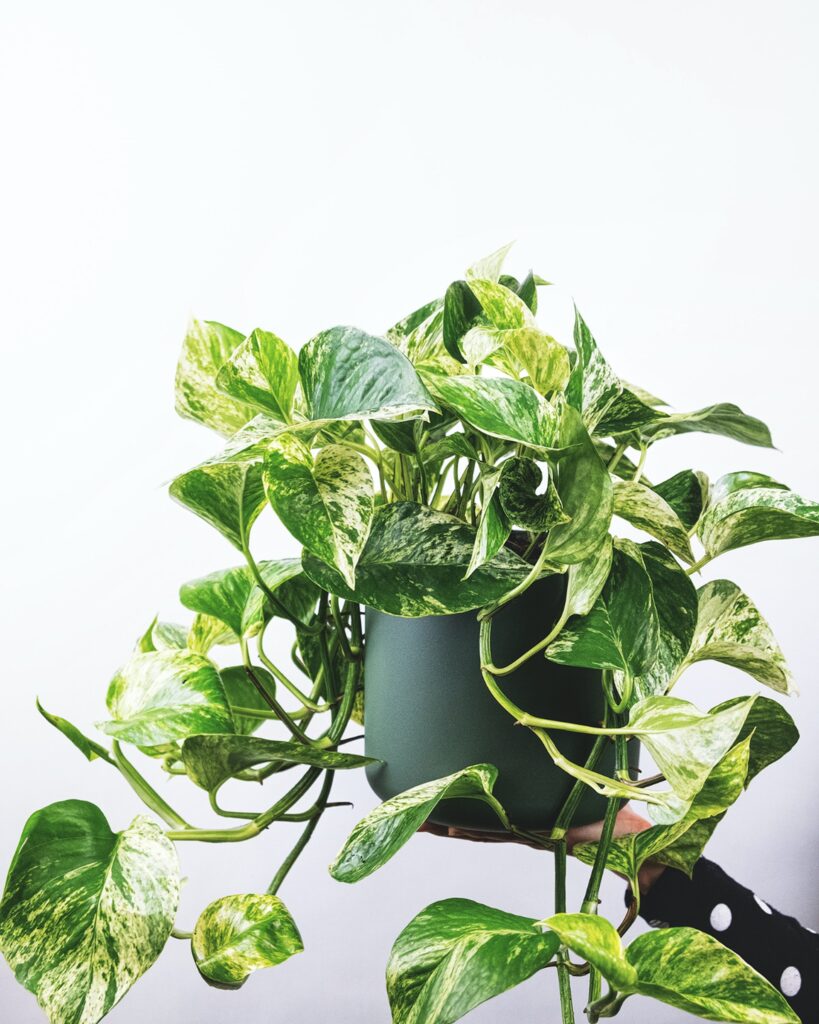
Sago Palm (Cycus Revolta)
This exotic plant can help you in growing your garden’s appeal by its mere presence. It is an elegant green delight that is loved by every gardener. The down side is, all parts of this plant can cause problems to your pet dog.
It is not at all safe for dogs. It needs to be kept at a safe distance from them, in order to avoid any damage.
The seeds, roots and the leaves, are all poisonous and can cause diarrhea and even liver failure in serious cases. Make sure to keep it away from dogs. Plant it in a place where it won’t catch the eye of a curious pet.
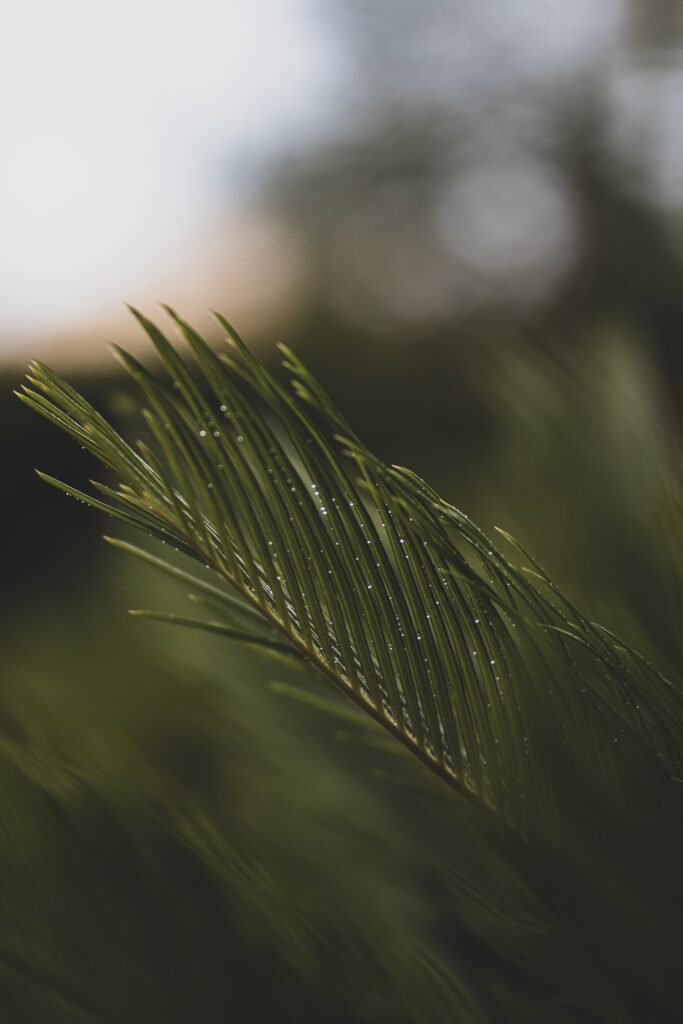
ZZ Plant (Zamioculis)
The ZZ plant is known for its unique appearance and bright leaves. But it is by no means a good plant for a house with dogs. This indoor plant is not safe for dogs due to many reasons.
The biggest reason is that it can cause gastric problems in the dog, which can lead to severe mood disturbances in your beloved pet. Your dog may he faced with dehydration and vomiting
Your dog may also face skin irritation, diarrhea and other reactions. So, do not install this plant in your indoor garden, if you have dogs at your home. If you still wish to have it, keep it at a place where both the plant, and the dog, are safe from each other.
Snowbread (Cyclaman)
The little pink flowers of this plant will brighten up any room you put it into. But this is not safe for dogs. It has many serious manifestations that could arise by ingesting parts of it.
Abnormal heartbeat, seizures, vomiting, increased salivation and diarrhea, are some of the many problems that your dog can face if it ingests this plant.
It can even be fatal in severe cases. It is appropriate to keep this plant a safe distance away from your pet dogs and not let them roam around it. If you still want to have it in your indoor garden, then keep it in a grow tent.
These are some plants that are not safe for dogs. You need to make sure that your little friends stay away from these plants. You can either train the dogs to not go near your garden, or keep them in a grow tent. This will allow you to have them in your garden.
Sam is a graduated biologist who sub-specialised in Botany in his final years. With a passion for human health and food, this was the perfect marriage of his interests. Having been born in the country but spent most of his life living in cities, this blog was his answer to learning how to grow a garden indoors if you didn’t have ample space outside.
